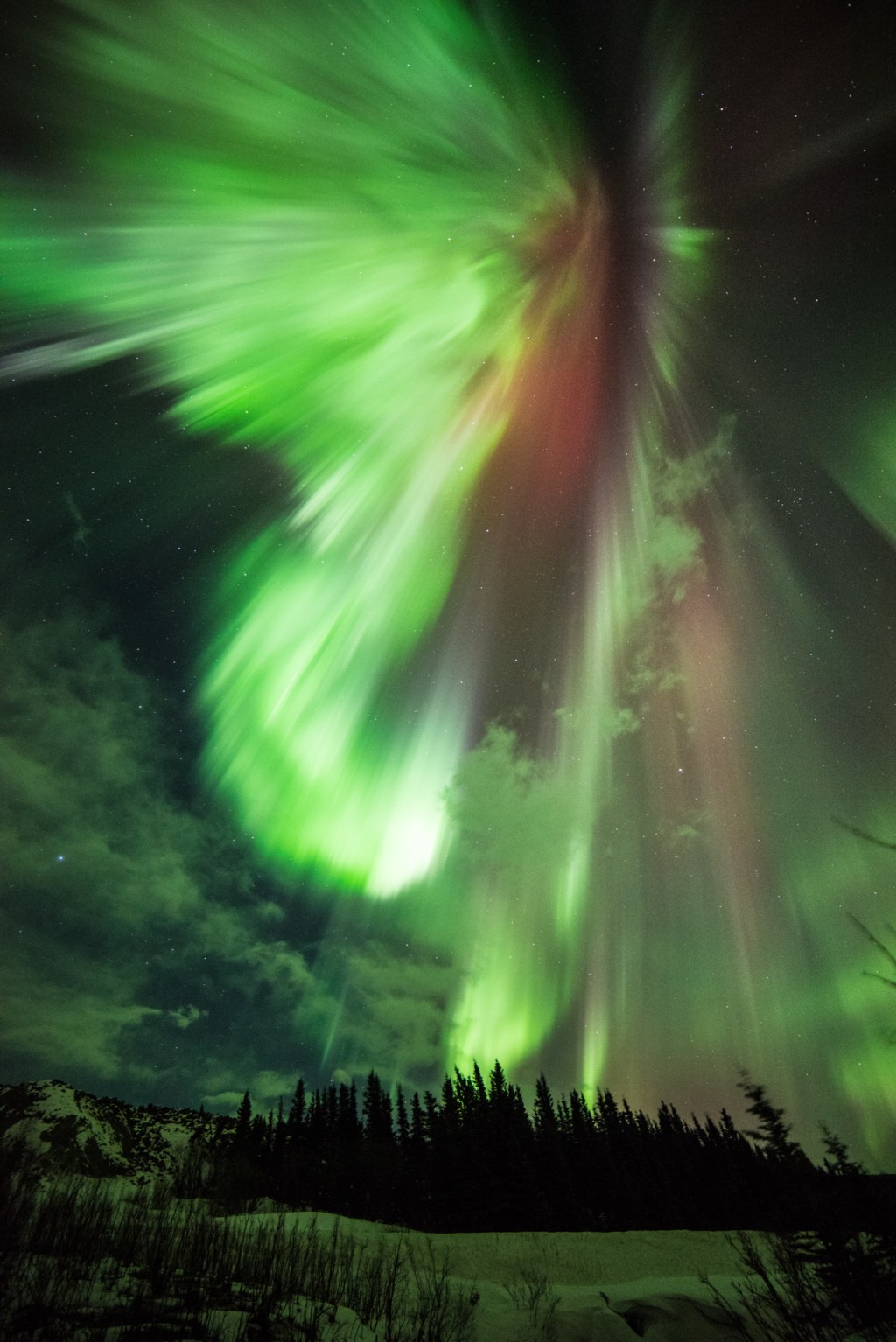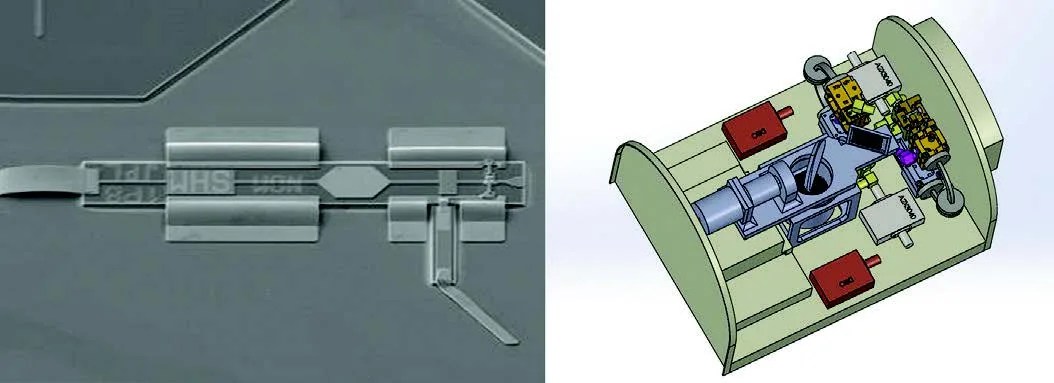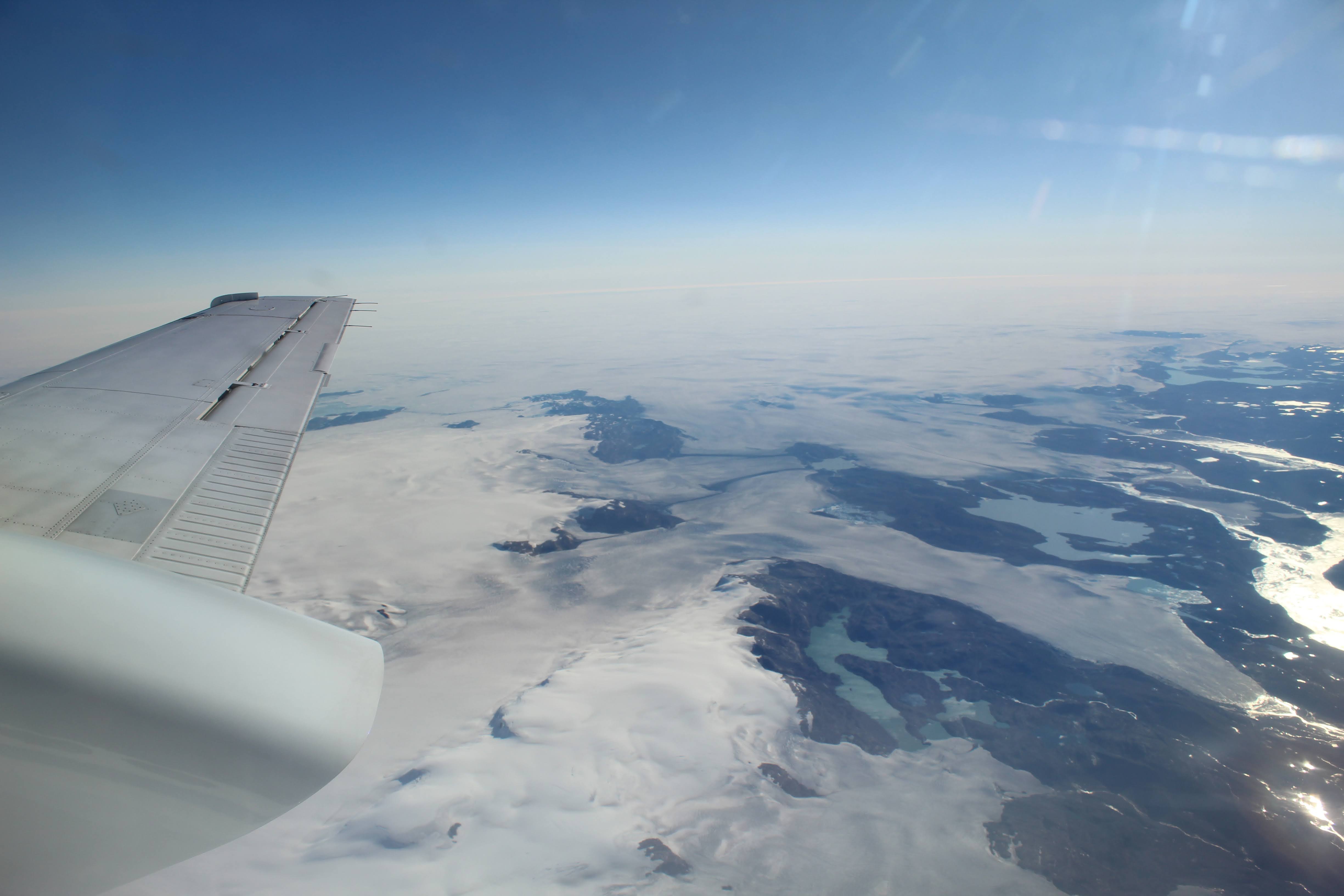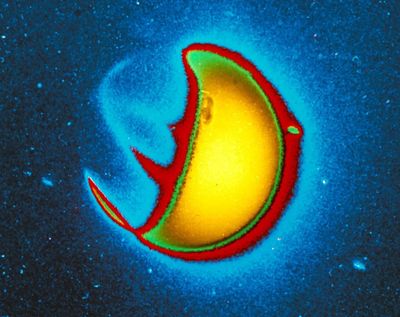Technology Development
Global wind and temperature measurements in the lower thermosphere (100-150 km above Earth) are the two most important variables needed to accurately predict space weather and climate change. An innovative technique is being developed jointly by the Johns Hopkins University Applied Physics Laboratory, GSFC, and JPL to make these measurements using the atomic oxygen emission at 2.06 THz (145 μm).
A new sensor, called the TeraHertz Limb Sounder (TLS), will make these critical measurements under a wide range of observation conditions (e.g., day and night, with and without aurora present) from a low Earth orbit. Not only will TLS measurements enable scientists to study neutral atmosphere interactions with the ionosphere and magnetosphere above, they will improve our fundamental understanding of the mechanisms and effects in Earth’s upper atmosphere and other planetary and stellar atmospheres. The data will also help researchers understand how the upper atmosphere is affected by solar variability (i.e., radiation, magnetized solar winds, and energetic particles) and lower-atmospheric disturbances—critical geophysical processes that influence numerous space weather phenomena that present hazards to spacecraft, humans in space, and technological infrastructure on the ground.
The TLS instrument is enabled by a high-sensitivity gallium arsenide (GaAs)-diode-based heterodyne receiver that operates at room temperature. In 2016, the team developed the high-frequency Schottky diode shown on the previous page, which mixes the incoming signal from 2.06 THz down to an intermediate frequency band to measure spectral emission features from atomic oxygen in the atmosphere. This advanced mixer technology can be used to build compact, low-mass and low-power instruments for NASA’s small satellite missions.
Impact
TLS development will mature and optimize a low-noise, high-sensitivity THz receiver to advance Heliophysics science in future space weather missions with reduced cost and schedule risks. This development effort focuses on the receiver system integration, optimization, and demonstration of key subsystem performance. This THz receiver system is designed to operate at an ambient temperature in space using passive radiators, thus removing the need for a dedicated resource-demanding cryocooler.
Status and Future Plans
In 2016, the team completed development of the TLS receiver concept and successfully designed and fabricated the Schottky diode mixer. Ongoing research is focused on building a model prototype instrument and making receiver-sensitivity measurements to verify receiver performance.
Sponsoring Organization
The SMD Heliophysics Division’s H-TIDeS program provides the funding for this technology development effort. The PI is Dr. Jeng- Hwa (Sam) Yee at the Johns Hopkins University Applied Physics Laboratory.


































